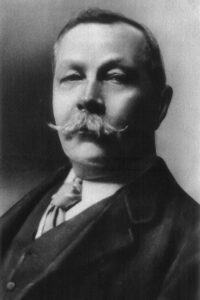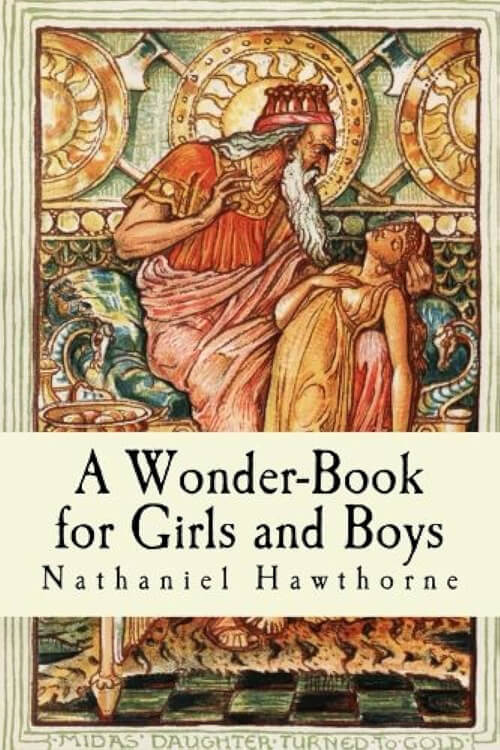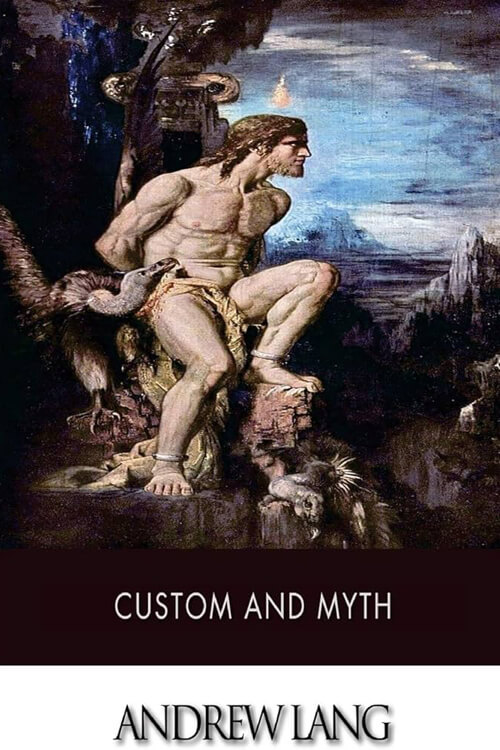
The New Revelation
The subject of psychical research is one upon which I have thought more and about which I have been slower to form my opinion, than upon any other subject whatever. Now and then as one jogs along through life, some small incident happens which very forcibly brings home the fact that time passes and that first youth and then middle age are slipping away. Such a one occurred the other day. There is a column in that excellent little paper, Light, which is devoted to what was recorded on the corresponding date a generation—that is thirty years—ago. As I read over this column recently I had quite a start as I saw my name, and read the reprint of a letter which I had written in 1887, detailing some interesting spiritual experience which had occurred in a seance.
Thus it is manifest that my interest in the subject is of some standing, and also since it is only within the last year or two that I have finally declared myself to be satisfied with the evidence, that I have not been hasty in forming my opinion. If I set down some of my experiences and difficulties my readers will not, I hope, think it egotistical upon my part, but will realize that it is the most graphic way in which to sketch out the points which are likely to occur to any other inquirer. When I have passed over this ground, it will be possible to get on to something more general and impersonal.
When I had finished my medical education in 1882, I found myself, like many young medical men, a convinced materialist as regards our destiny. I had never ceased to be an earnest theist, because it seemed to me that Napoleon’s question to the atheistic professors on the starry night as he voyaged to Egypt: “Who was it, gentlemen, who made these stars?” has never been answered.
Read or download Book
Arthur Conan Doyle
Sir Arthur Ignatius Conan Doyle KStJ, DL (22 May 1859 – 7 July 1930) was a British writer and physician. He created the character Sherlock Holmes in 1887 for A Study in Scarlet, the first of four novels and fifty-six short stories about Holmes and Dr. Watson. The Sherlock Holmes stories are milestones in the field of crime fiction.
Doyle was a prolific writer; other than Holmes’s stories, his works include fantasy and science fiction stories about Professor Challenger, and humorous stories about the Napoleonic soldier Brigadier Gerard, as well as plays, romances, poetry, non-fiction, and historical novels. One of Doyle’s early short stories, “J. Habakuk Jephson’s Statement” (1884), helped to popularise the mystery of the Mary Celeste.
Name
Doyle is often referred to as “Sir Arthur Conan Doyle” or “Conan Doyle”, implying that “Conan” is part of a compound surname rather than a middle name. His baptism entry in the register of St Mary’s Cathedral, Edinburgh, gives “Arthur Ignatius Conan” as his given name and “Doyle” as his surname. It also names Michael Conan as his godfather. The catalogs of the British Library and the Library of Congress treat “Doyle” alone as his surname.
Steven Doyle, publisher of The Baker Street Journal, wrote: “Conan was Arthur’s middle name. Shortly after he graduated from high school he began using Conan as a sort of surname. But technically his last name is simply ‘Doyle’.” When knighted, he was gazetted as Doyle, not under the compound Conan Doyle.
Doyle’s first novels were The Mystery of Cloomber, not published until 1888, and The Unfinished Narrative of John Smith, published only posthumously, in 2011. He amassed a portfolio of short stories, including “The Captain of the Pole-Star” and “J. Habakuk Jephson’s Statement”, both inspired by Doyle’s time at sea. The latter popularised the mystery of the Mary Celeste and added fictional details such as that the ship was found in perfect condition (it had taken on the water by the time it was discovered), and that its boats remained on board (the single boat was missing). These fictional details have come to dominate popular accounts of the incident, and Doyle’s alternative spelling of the ship’s name as the Marie Celeste has become more commonly used than the original spelling.
Between 1888 and 1906, Doyle wrote seven historical novels, which he and many critics regarded as his best work. He also wrote nine other novels, and—later in his career (1912–29)—five narratives (two of novel length) featuring the irascible scientist Professor Challenger. The Challenger stories include his best-known work after the Holmes oeuvre, The Lost World. His historical novels include The White Company and its prequel Sir Nigel, set in the Middle Ages. He was a prolific author of short stories, including two collections set in Napoleonic times and featuring the French character Brigadier Gerard.
Doyle’s works for the stage include Waterloo, which centers on the reminiscences of an English veteran of the Napoleonic Wars and features a character Gregory Brewster, written for Henry Irving; The House of Temperley, the plot of which reflects his abiding interest in boxing; The Speckled Band, adapted from his earlier short story “The Adventure of the Speckled Band”; and an 1893 collaboration with J. M. Barrie on the libretto of Jane Annie.






